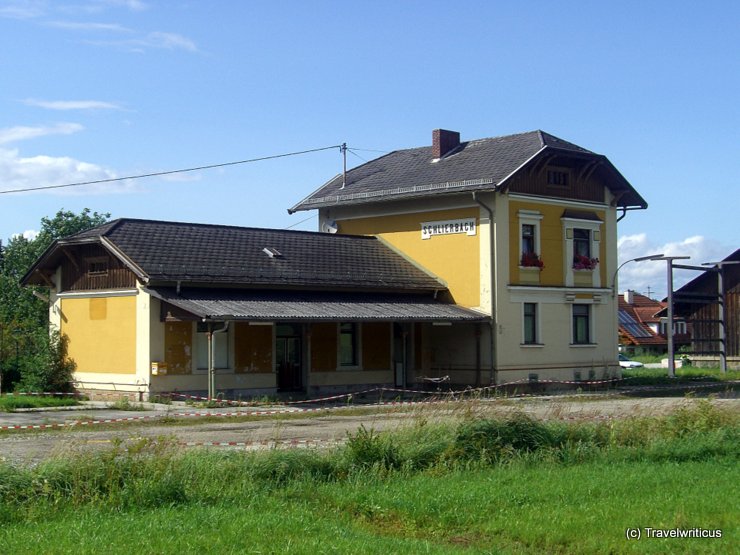
On my way to Schlierbach Abbey, I came across the abandoned railway station of Schlierbach. Austrian railway stations dating back to the monarchy are very typical. One can recognise them even after 100 years.
You only see what you know (Goethe)

On my way to Schlierbach Abbey, I came across the abandoned railway station of Schlierbach. Austrian railway stations dating back to the monarchy are very typical. One can recognise them even after 100 years.
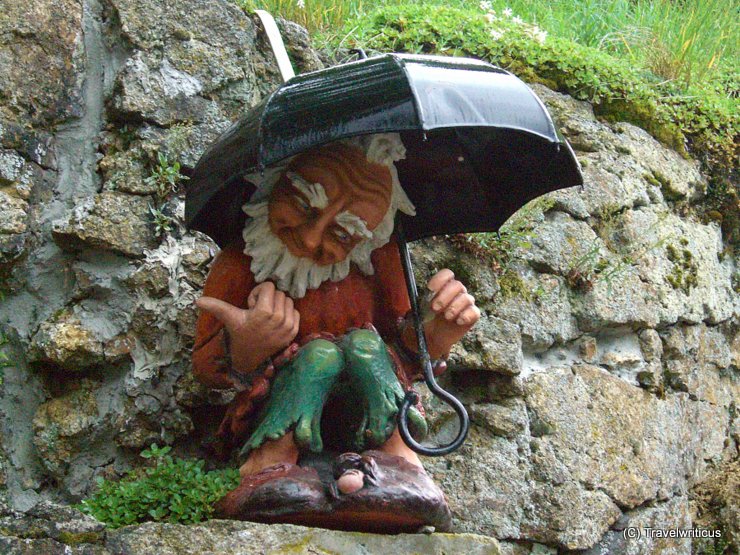
During my visit to Pöstlingberg, a lookout of Linz, it rained cats and dogs. Even the garden gnome, who I asked for the way to Pöstlingberg Mansion (Pöstlingberg Schlössl), carried an umbrella to protect himself. [German]
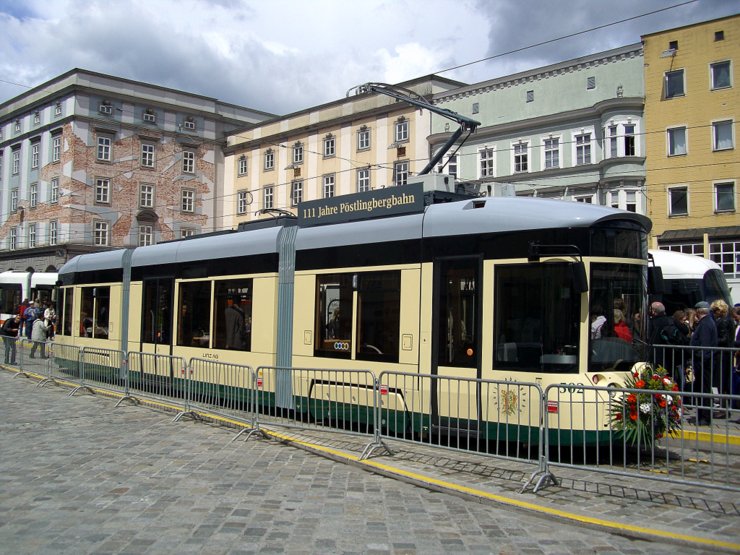
The Pöstlingberg Railway (Pöstlingbergbahn) links the main square of Linz with the Pöstling Hill (Pöstlingberg), which offers a great view of the city. The Pöstlingbergbahn is known as one of the world’s steepest adhesion-only railways.
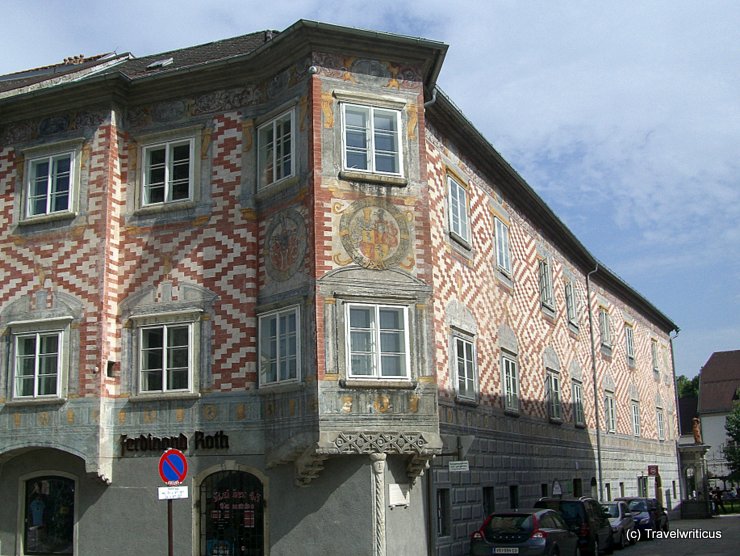
This building generally known as Hoffmannsches Freihaus or Haus der Salome Alt was first mentioned in 1464. The name Freihaus (‘Free House’) refers to the fact that the residents of this building were outside the jurisdiction of the city court and were exempt from municipal taxes.
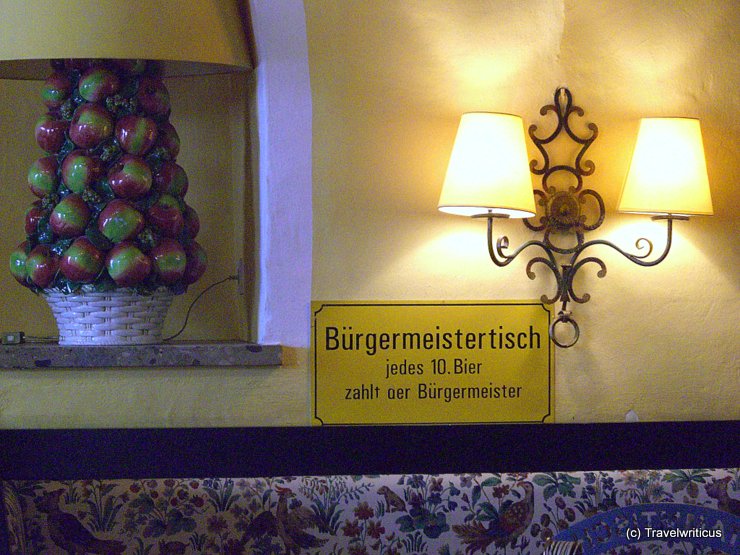 This is an interesting sign I saw at a restaurant in Wels, Austria. It says that the 10th glass of beer is paid by the mayor. Not sure if this a joke or a promise.
This is an interesting sign I saw at a restaurant in Wels, Austria. It says that the 10th glass of beer is paid by the mayor. Not sure if this a joke or a promise.
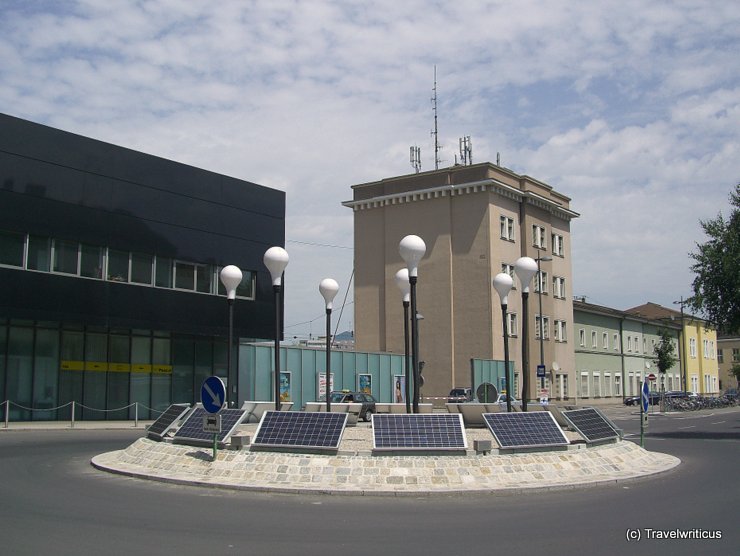
After leaving Wels Central Station, I came across this public art, created by Michael Kienzer and Jochen Traar. Fixed to flexible poles, the lights began to shake as soon as a breeze blew through the street. Solar panels provided the lamps with energy.
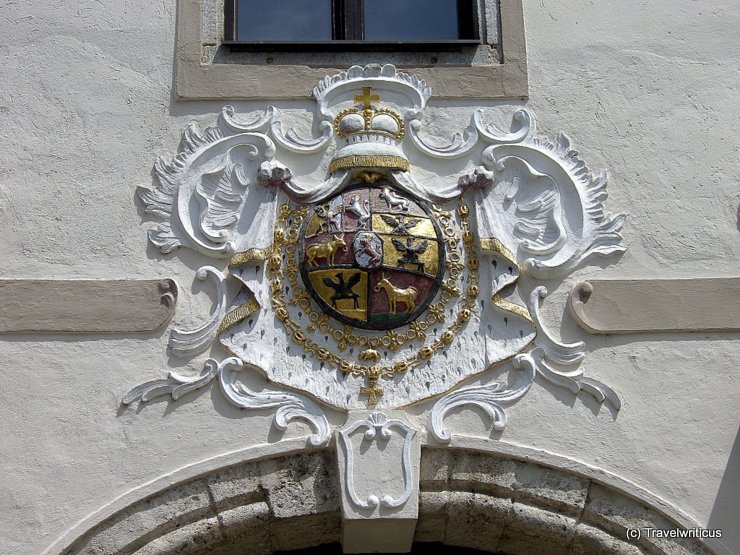
At a building in Wels I found this beautiful as well as huge coat of arms. It belongs to the noble family of Auersperg.
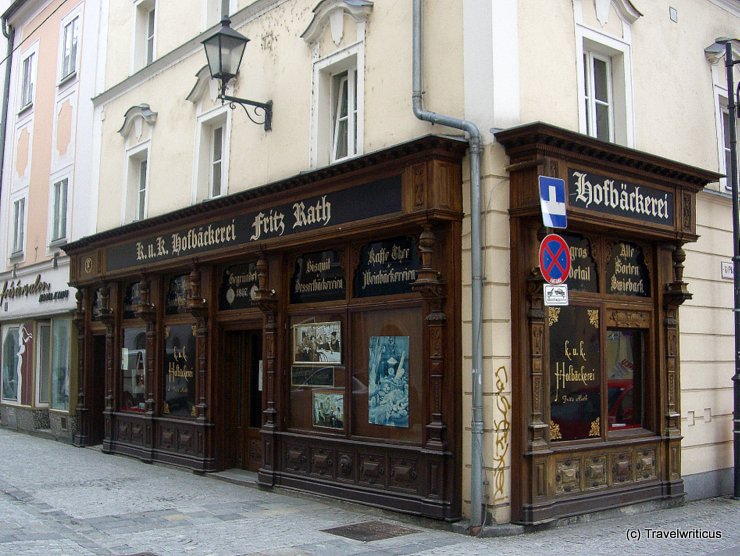
Inside this traditional bakery and café, one can order famous cakes like the “Linzer Torte”. The k.u.k. reminds us this shop was an appointed purveyor to the Chamber of His Majesty Archduke Peter Ferdinand of Habsburg-Toscana.
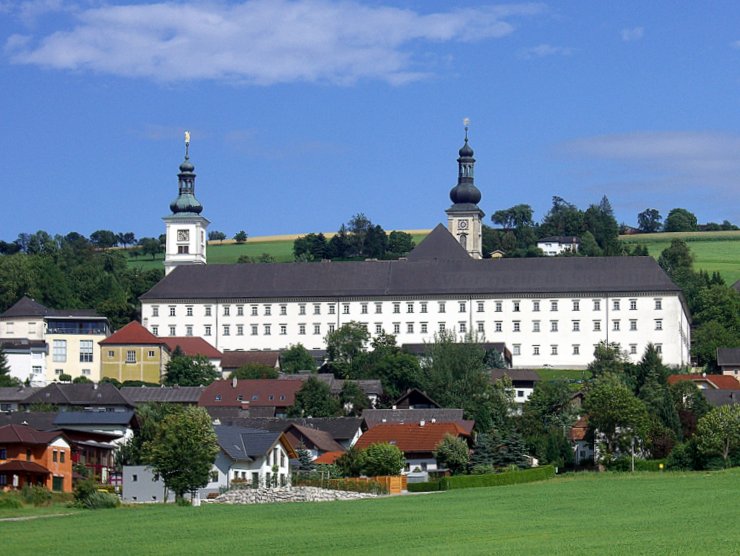
Photo of Schlierbach Abbey taken during a train ride from Graz to Linz. In July 2009, I saw an informative exhibition about the history and culture of meals. As the monastery is famous for its cheese, I also visited the cheese dairy there.
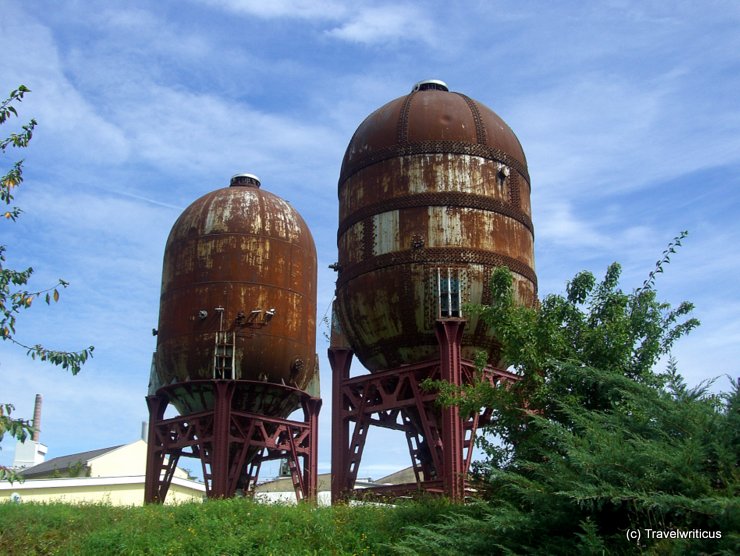
You find the Austrian Museum for Papermaking (Österreichisches Papiermachermuseum) in the halls of a former paper mill in Steyrermühl. There, you can learn about the different ways of papermaking, beginning with the papyrus of ancient Egypt and ending with the modern paper mills.
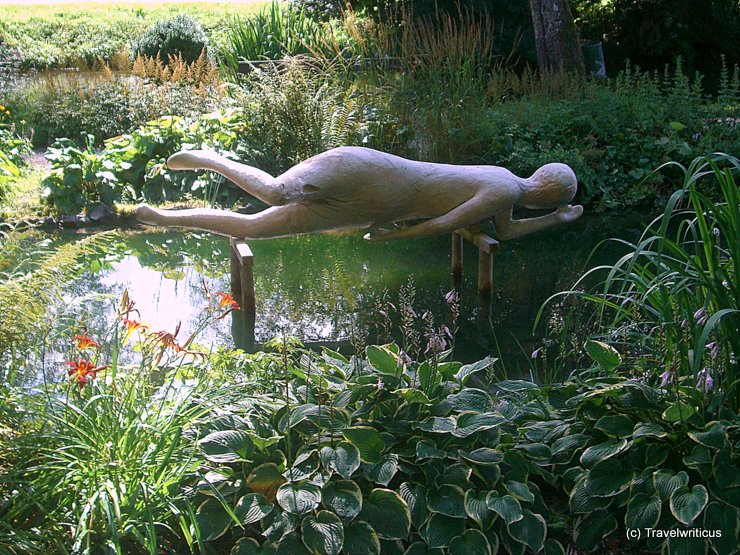
On my way back to the railway station of Bad Goisern I came across this sculpture in a small park. I don’t know the artist or the real meaning of that artwork but it seemed to be a piece of the “pre-planking’ period. 😉
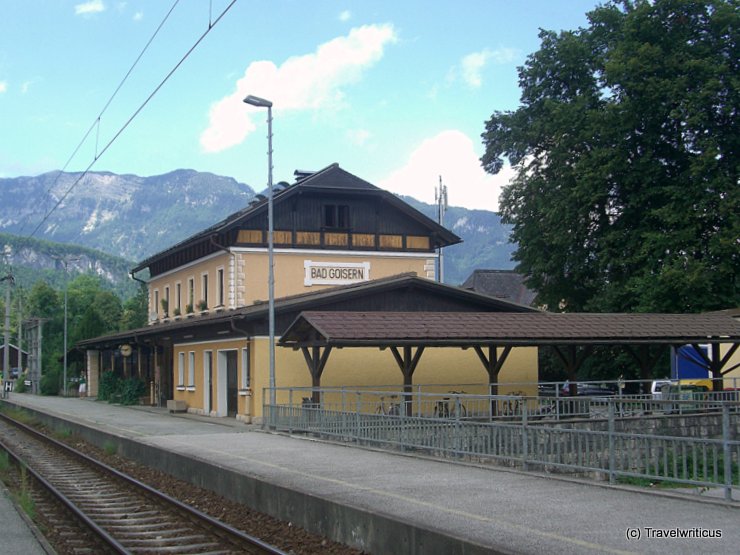
Heading to the state exhibition 2008 of Upper Austria in Bad Goisern I left my train at this old fashioned railway station.